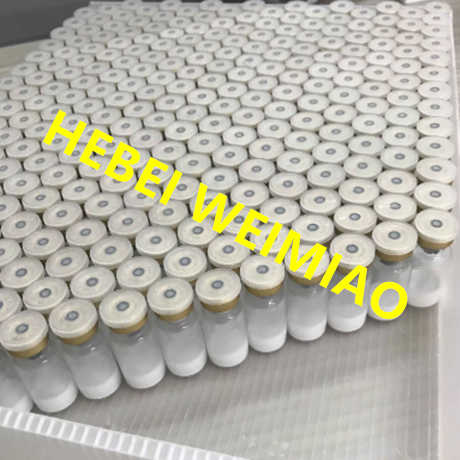
- +86-13363869198
- weimiaohb@126.com

Dec . 05, 2024 14:41 Back to list
Phenacetin CAS 62-44-2 Supplier and Manufacturer Information and Details
Understanding Phenacetin History, Production, and Safety Considerations
Phenacetin, a once-popular analgesic and antipyretic, is the subject of ongoing interest in the fields of pharmacology and industrial manufacturing. Identified by its CAS number 62-44-2, phenacetin has a complex history as a medication, which, while having therapeutic benefits, also raises concerns regarding safety and regulation. This article delves into its manufacturing processes, historical significance, and the implications of its use.
Historical Overview
Phenacetin was first synthesized in 1887 and quickly became a staple in pain relief formulations. As a non-opioid analgesic, it gained popularity for its effectiveness in treating ailments such as headaches, muscle pain, and fever. However, its use began to wane in the late 20th century due to emerging evidence of serious side effects, including nephropathy and potential carcinogenicity. By the 1980s, many countries had restricted or banned the sale of phenacetin due to these health concerns, leading to its replacement with safer alternatives like acetaminophen (paracetamol).
Manufacturing Phenacetin
The production of phenacetin involves chemical synthesis that has been refined over the years. The most common method of manufacturing starts with the reaction of p-phenetidine with acetic anhydride. This reaction yields phenacetin along with by-products that need to be carefully managed and disposed of. Manufacturers must adhere to stringent safety and quality control protocols, guided by regulations from entities such as the U.S. Food and Drug Administration (FDA) and the European Medicines Agency (EMA).
While the demand for phenacetin as a pharmaceutical excipient has declined markedly, there remains some industrial interest. It is utilized in certain special formulations and as an intermediate in the production of various chemical compounds. Moreover, producers of phenacetin often focus on ensuring compliance with Good Manufacturing Practices (GMP) to guarantee product quality and safety.
Global Manufacturing Landscape
phenacetin cas 62-44-2 manufacturer

The landscape of phenacetin manufacturing is global, with significant production facilities located in regions with a strong chemical industry presence. Countries like China, India, and various European nations have established themselves as key players in the market. The production process may vary slightly depending on regional regulations and resource availability, but the core chemical processes remain largely consistent.
Manufacturers often emphasize the quality of raw materials and the efficiency of production techniques. Additionally, modern advancements in technology have allowed for more sustainable manufacturing practices, minimizing waste and enhancing safety protocols.
Safety and Regulatory Issues
Despite its historical use and the ongoing production of phenacetin, safety concerns continue to loom large. Studies have associated prolonged use of phenacetin with kidney damage and other serious health risks, which prompted significant regulatory scrutiny. As a result, many jurisdictions have implemented strict regulations governing the manufacture, sale, and distribution of phenacetin.
In response to these concerns, many manufacturers have shifted focus toward producing alternative compounds that offer similar pain relief without the associated risks. The pharmaceutical and chemical industries are continually exploring new formulations and compounds that can provide effective pain management while ensuring patient safety.
Conclusion
Phenacetin’s journey from a widely used analgesic to a restricted substance highlights the delicate balance between therapeutic benefits and safety. While its manufacturing is still relevant in specific contexts, the importance of compliance with regulatory standards cannot be overstated. As the industry evolves, the emphasis on safety and the development of alternative medications will remain crucial.
For manufacturers considering the production of phenacetin, navigating the landscape of safety regulations, quality control, and market demand will be imperative. As the world moves toward a more health-conscious future, the lessons learned from phenacetin may guide the development of safer, more effective therapeutics that prioritize patient well-being. Understanding this complex history and the current manufacturing practices surrounding phenacetin can enhance our appreciation of the ongoing advancements in pharmaceutical science.
-
Pharmaceutical Intermediates - AI-Optimized Synthesis & Purity
NewsJul.31,2025
-
Top CAS: 79099-07-3 Factories & Wholesale Supplier from China
NewsJul.30,2025
-
High-Quality GS-441524 for White Liquid Type Factories & Suppliers
NewsJul.29,2025
-
High-Quality Pharmaceutical Intermediates for Sale – Reliable Supply
NewsJul.29,2025
-
High-Quality Pharmaceutical Intermediates for Sale - Reliable Solutions
NewsJul.29,2025
-
High-Quality Pharmaceutical Intermediates Supplier for Global Market
NewsJul.28,2025